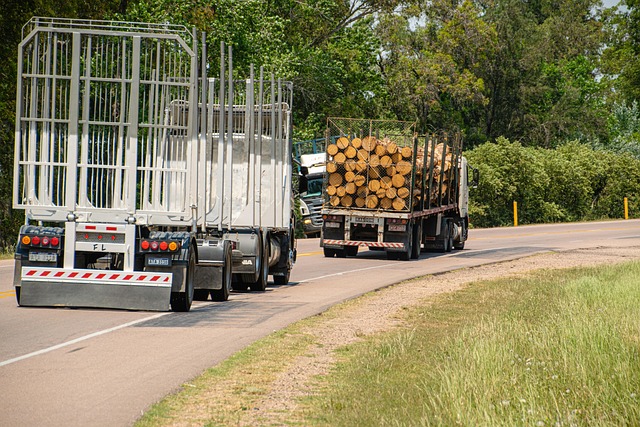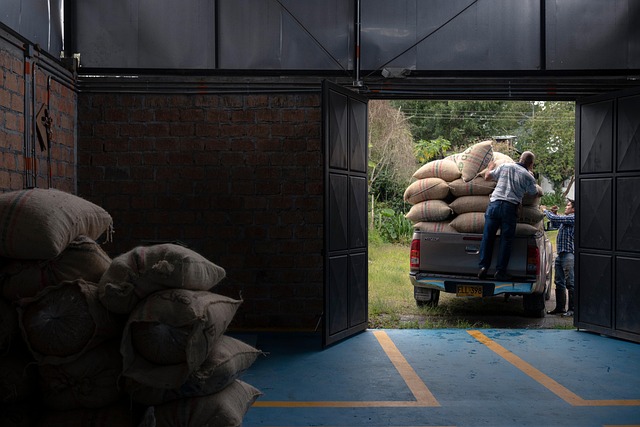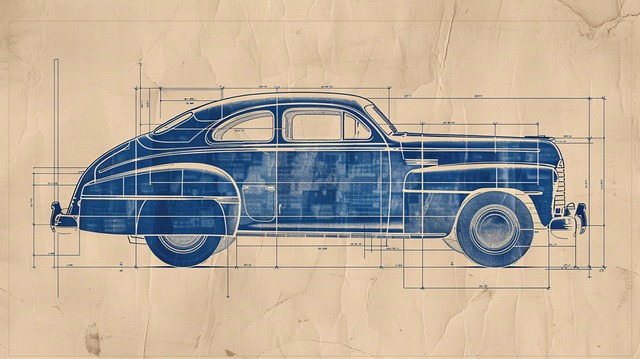Looking to register your car in California? This comprehensive guide walks you through every step. From understanding eligibility requirements and gathering essential documents, to visiting the DMV and verifying your vehicle’s VIN (using a reliable dmv vin verifier), our process ensures a smooth experience. Learn how to pay the required fees and receive your registration papers, making your car officially registered in the Golden State.
- Understand Eligibility Requirements for Car Registration in California
- Gather Necessary Documents for Vehicle Registration
- Visit the DMV and Complete the Registration Process
- Verify Your Vehicle's VIN (Vehicle Identification Number)
- Pay the Required Fees and Receive Your Registration Papers
Understand Eligibility Requirements for Car Registration in California

Before registering your car in California, it’s crucial to understand the eligibility requirements set by the Department of Motor Vehicles (DMV). To begin with, your vehicle must be legally imported and meet all safety standards as per California laws. The car should also have a valid registration from another state or country, along with a current insurance card. Additionally, you’ll need to undergo a vehicle identification number (VIN) inspection, which can often be conveniently arranged through a DMV vin verifier or even a mobile vin verification service.
This process is designed to ensure that all vehicles on California roads are safe and up to standard. A key part of this inspection involves verifying the VIN using official records to check for any discrepancies or potential theft. Whether you opt for a traditional or mobile vin inspection, ensuring your car’s eligibility is a straightforward step in the registration process, helping you navigate California’s requirements with ease.
Gather Necessary Documents for Vehicle Registration

Before heading to the California Department of Motor Vehicles (DMV) for registration, ensure you have all the required documents in order. The process involves several key steps and pieces of information. Firstly, obtain your vehicle’s Vehicle Identification Number (VIN) from either the dashboard or the driver-side door post. A VIN verifier, whether used online or through a mobile vin inspection service, can help confirm the vehicle’s details and ensure it has not been reported stolen. Additionally, gather important paperwork such as the title, registration certificate, proof of insurance, and an up-to-date smog certificate if applicable.
It’s also advisable to bring along any previous registration records, especially if you are transferring ownership or updating your vehicle’s details. These documents streamline the registration process at the DMV by providing necessary information quickly and accurately. A mobile vin verification service can be particularly useful for pre-checking specific requirements and ensuring all paperwork is in order before visiting the DMV.
Visit the DMV and Complete the Registration Process

Once you’ve gathered all the necessary documents, it’s time to visit a California DMV office or use their online services to complete your vehicle registration. The process typically involves several steps. First, you’ll need to pass a vehicle inspection, which includes a VIN (Vehicle Identification Number) verification. This ensures that your car meets safety and pollution standards. You can facilitate this process with a mobile VIN verifier, making it more convenient than ever before.
At the DMV, present your completed application forms, together with your vehicle’s registration documents, proof of insurance, and any other required paperwork. An inspector will check your vehicle’s details against their records and perform a quick VIN inspection to confirm the vehicle’s authenticity. After all checks are cleared, you can pay the registration fees, and your vehicle will be officially registered in California.
Verify Your Vehicle's VIN (Vehicle Identification Number)

Before you begin the registration process, it’s crucial to verify your vehicle’s Vehicle Identification Number (VIN). This unique 17-character code is a critical piece of information that serves as your car’s fingerprint. You can easily check your VIN using a DMV vin verifier or even consider a mobile vin inspection for added convenience. This step ensures that you have an accurate and legitimate VIN, which is essential when registering your vehicle in California.
A correct VIN inspection is vital as it helps to avoid any potential issues later on. Inaccurate or missing information can delay the registration process, so it’s best to get this out of the way early. Whether you opt for a traditional vin verification method or choose a mobile vin inspection service, ensuring your vehicle’s details are precise will make the car registration experience smoother and less stressful.
Pay the Required Fees and Receive Your Registration Papers

After completing your vehicle’s inspection and ensuring all necessary repairs have been made, it’s time to pay the required fees and receive your registration papers. This process typically involves visiting a California Department of Motor Vehicles (DMV) office or utilizing their online services. You’ll need to settle the registration fee, which covers the cost of issuing a new registration and license plate. Additionally, you might be subject to other charges based on your vehicle’s emissions status and any outstanding taxes or fees.
For added convenience, many residents opt for a mobile vin inspection or mobile vin verification service. These services send a professional to your location to perform the required checks, including verifying your Vehicle Identification Number (VIN) through the DMV’s system. This ensures a smoother process, saving you time and potentially avoiding trips to the DMV.
Registering a car in California involves understanding eligibility requirements, gathering essential documents, visiting the DMV, verifying your vehicle’s VIN using a reliable dmv vin verifier, paying relevant fees, and obtaining your registration papers. This straightforward process ensures your vehicle complies with state regulations, facilitating smooth navigation on California roads.



